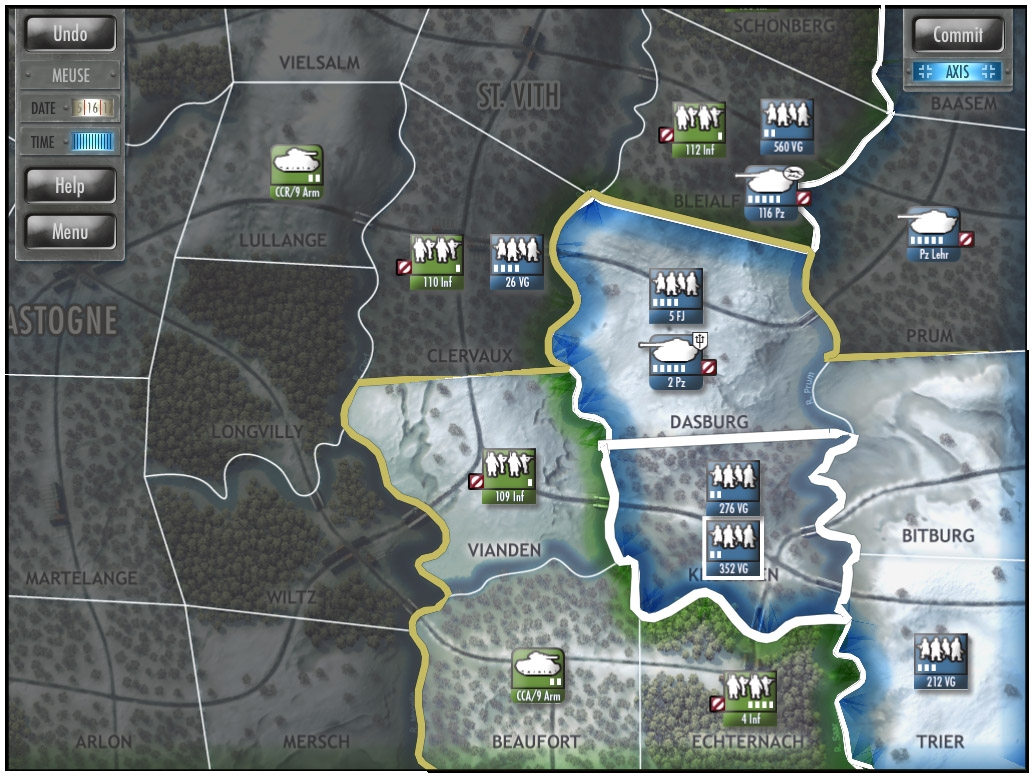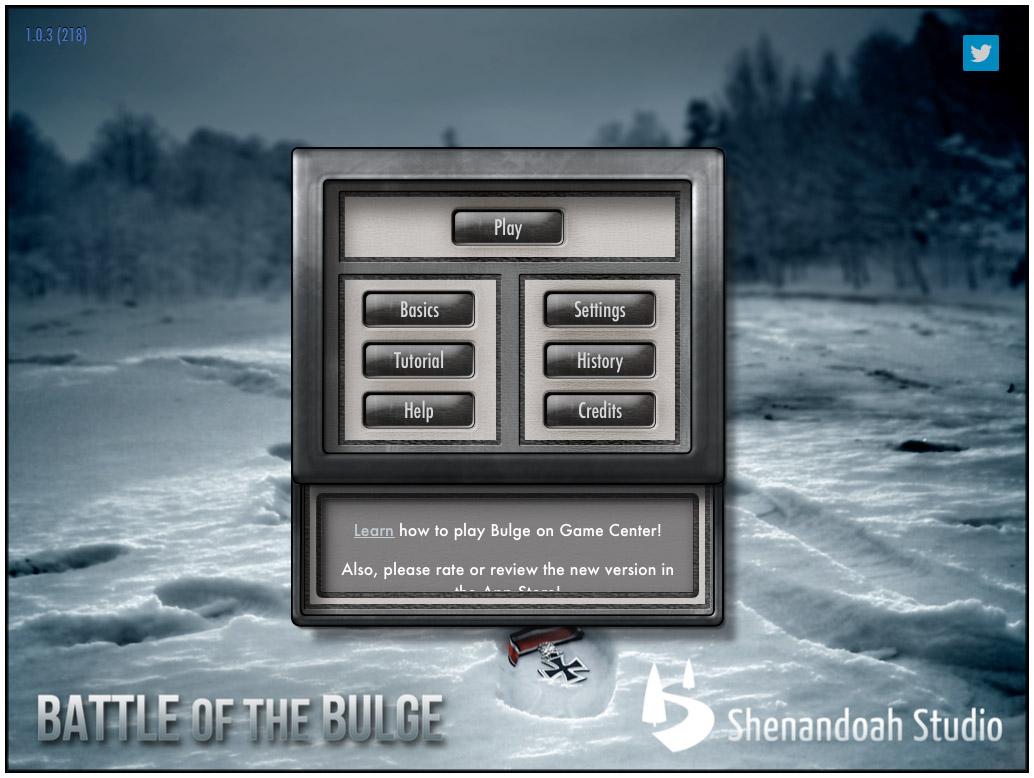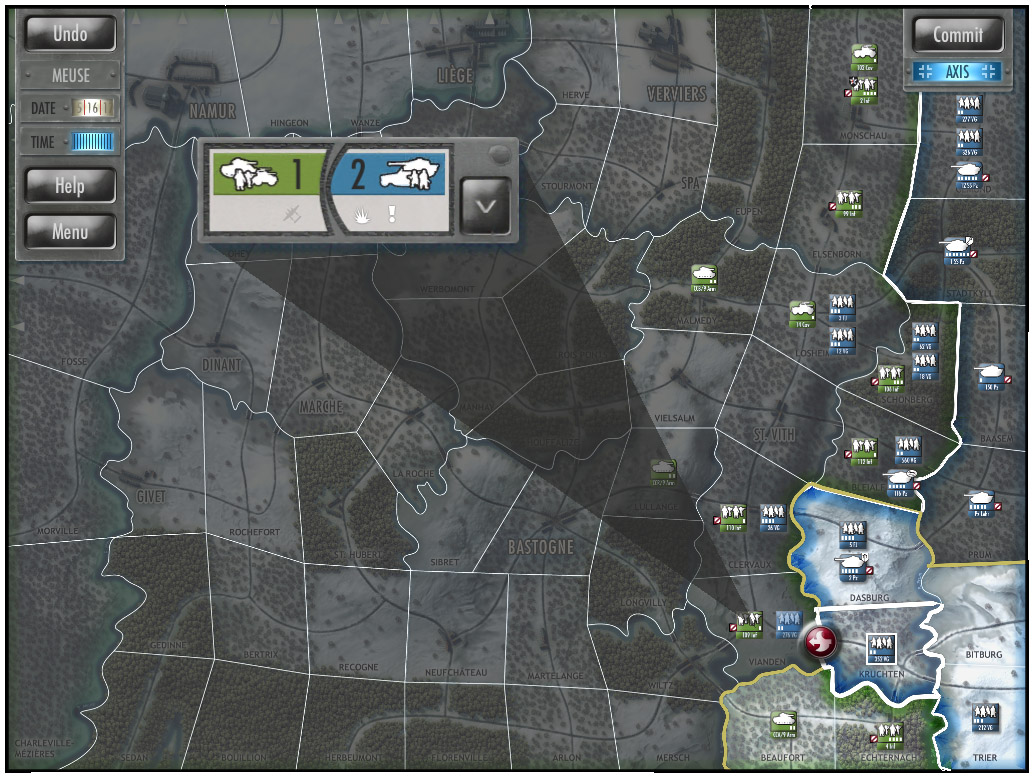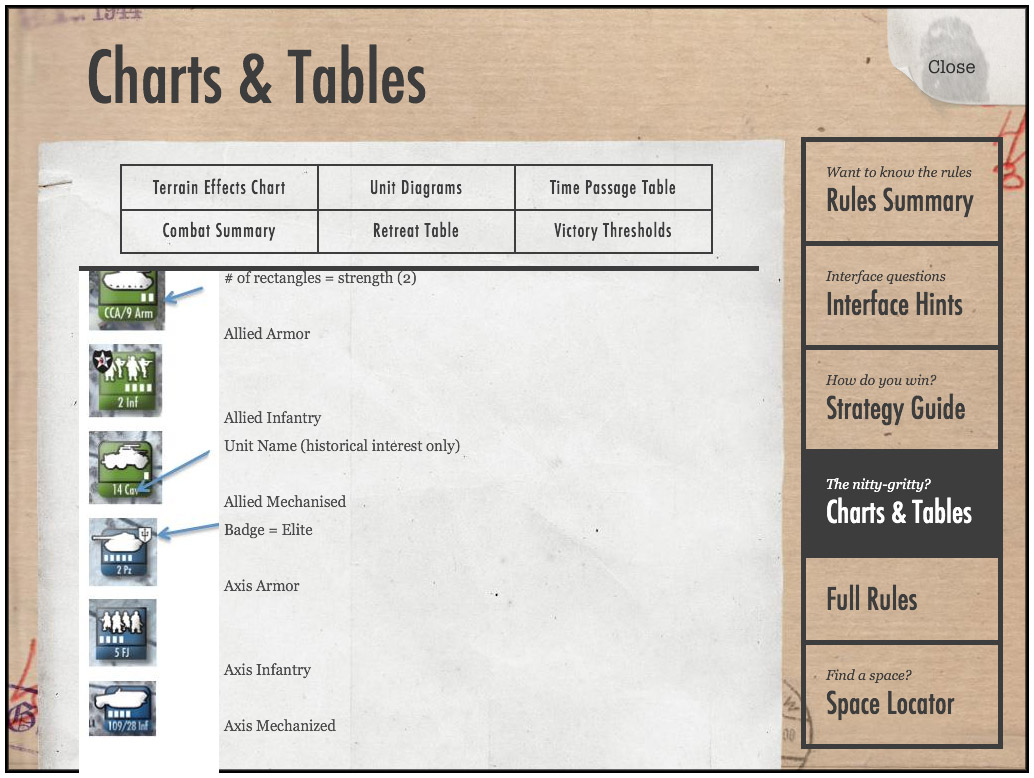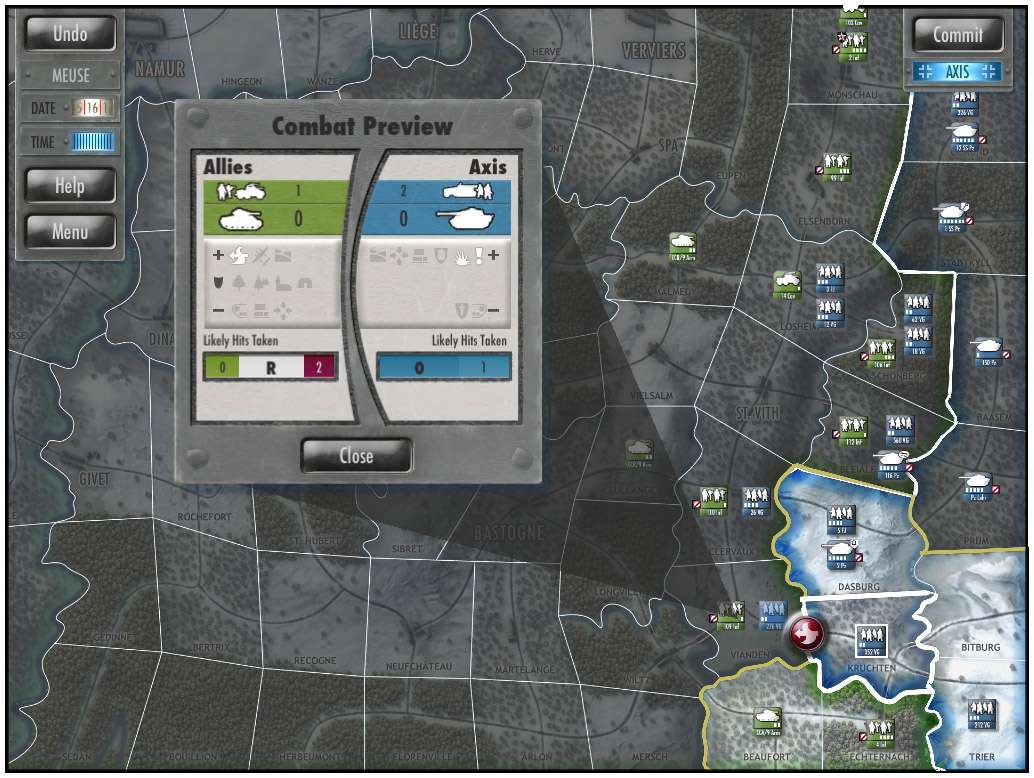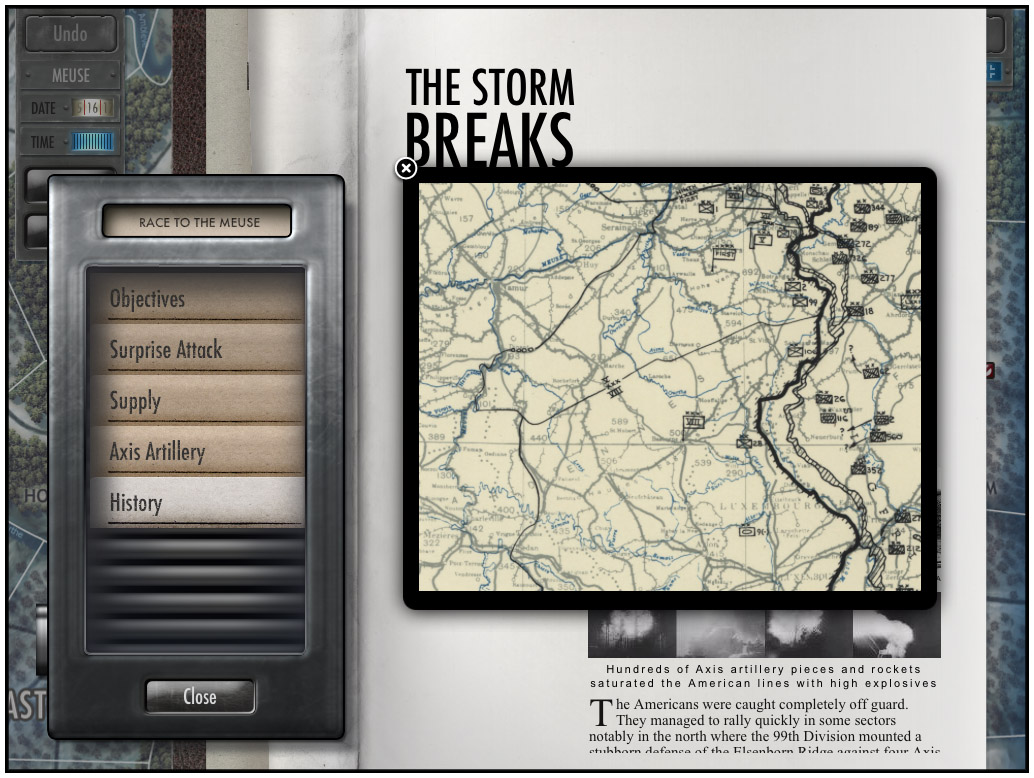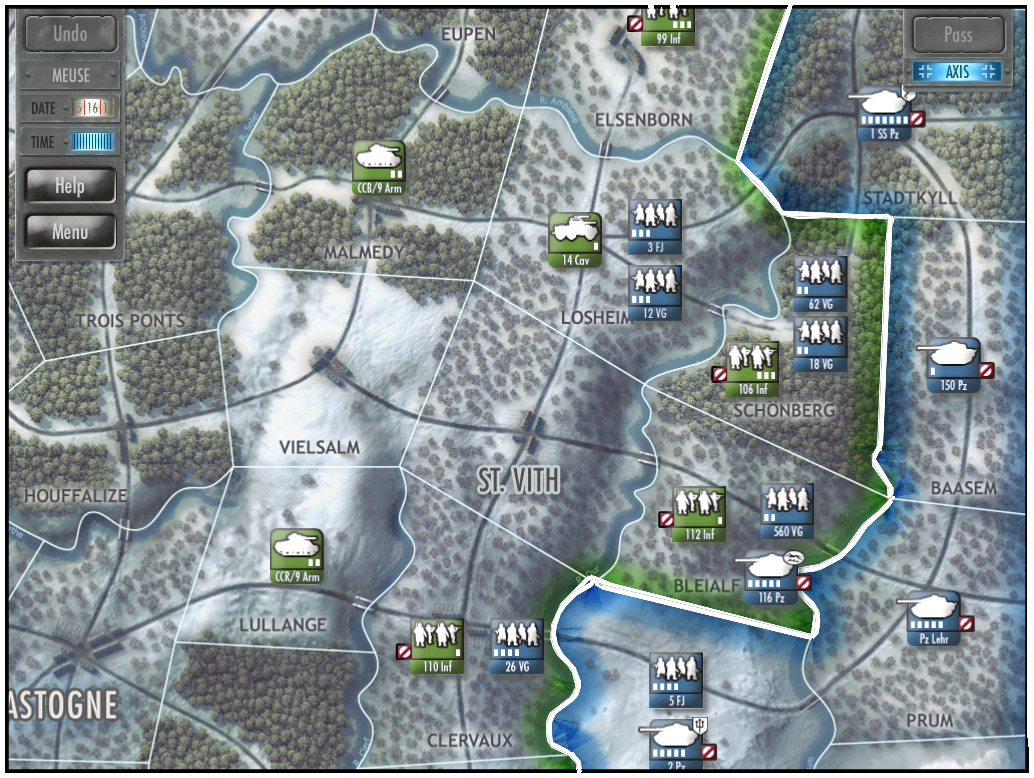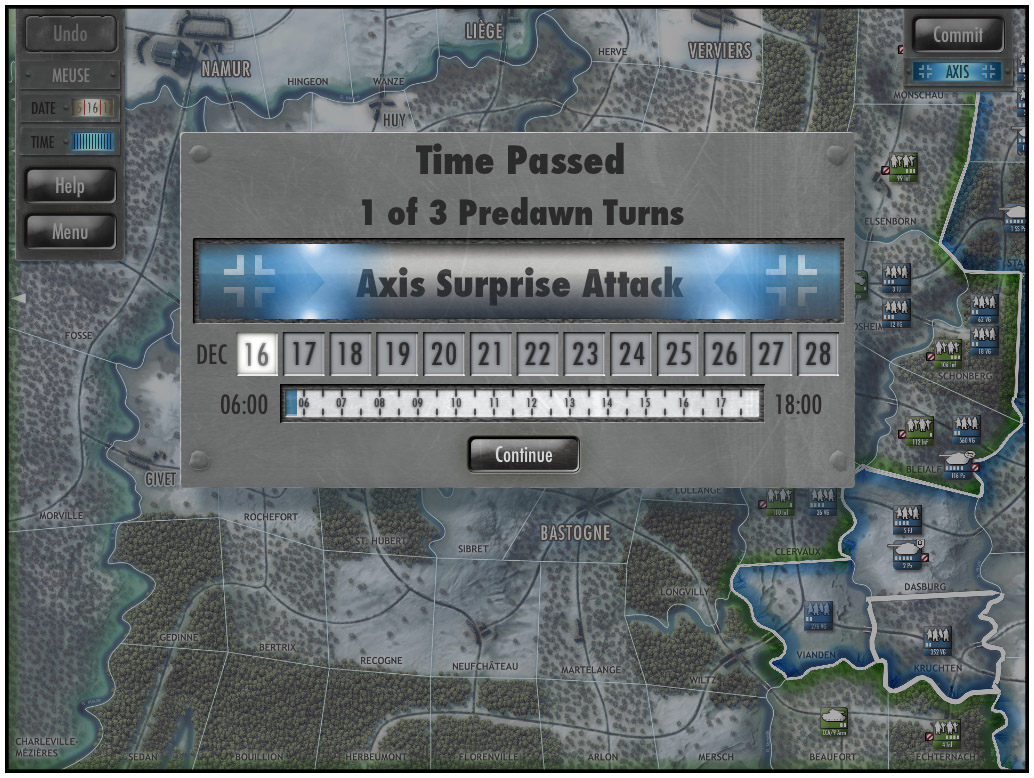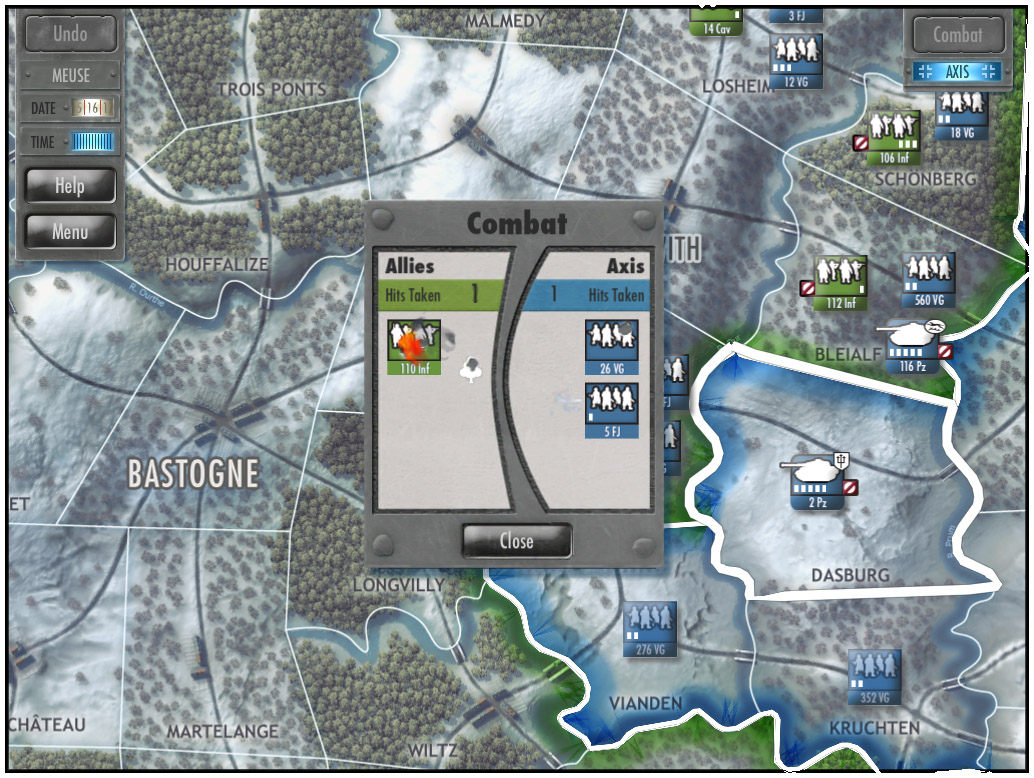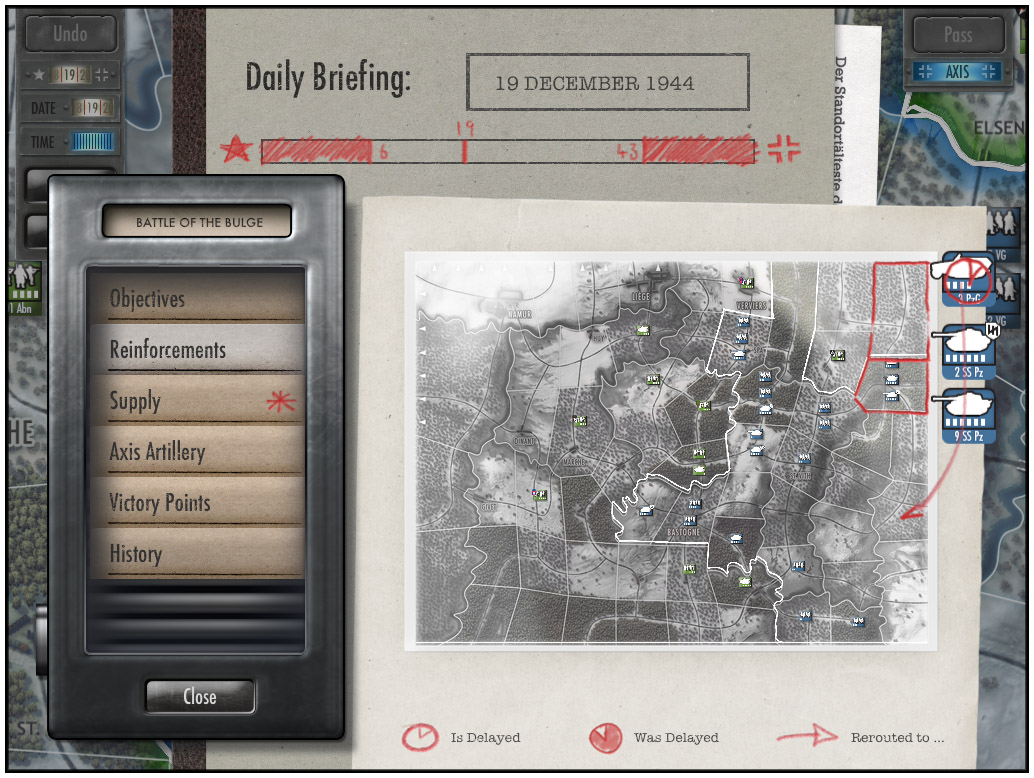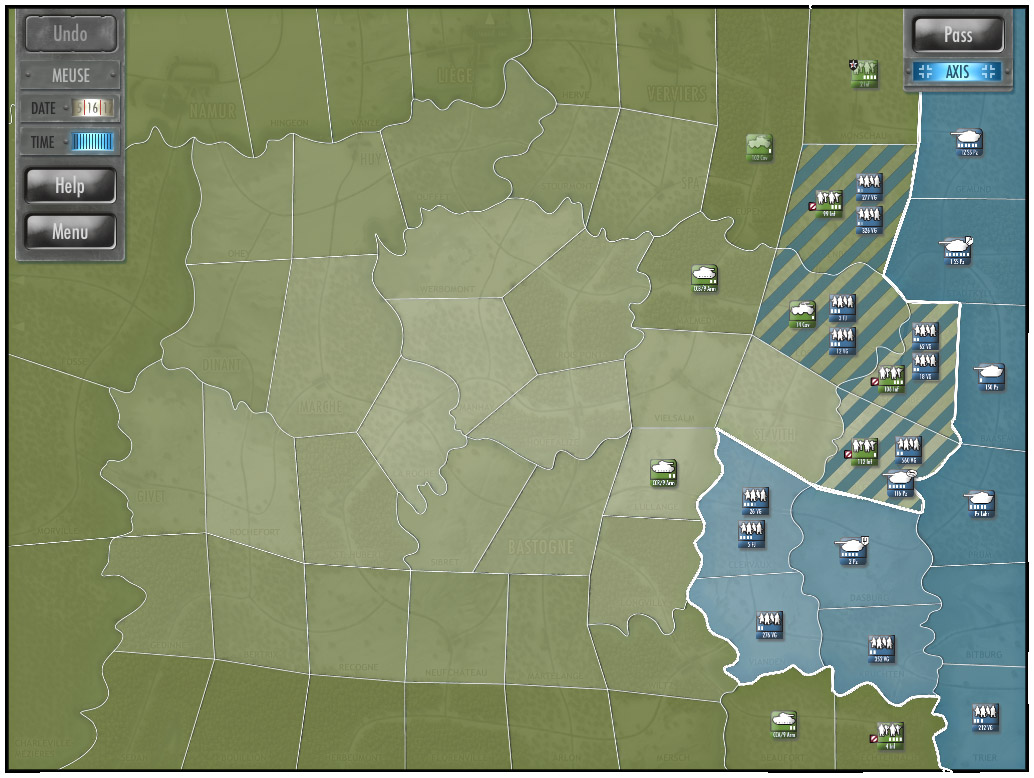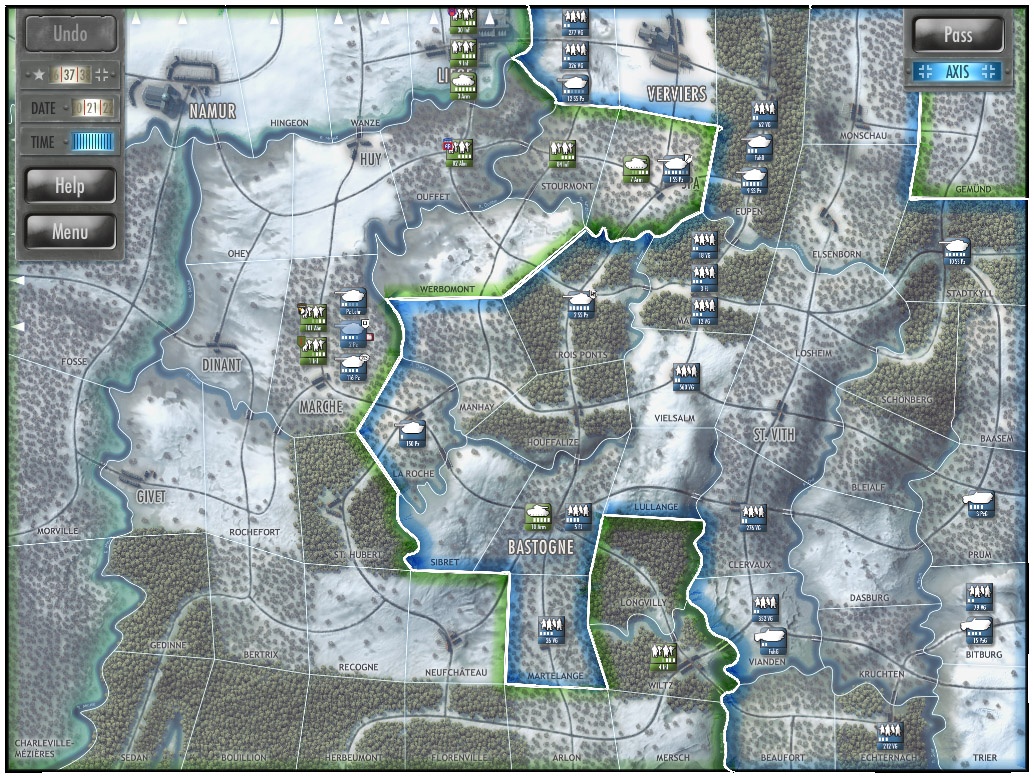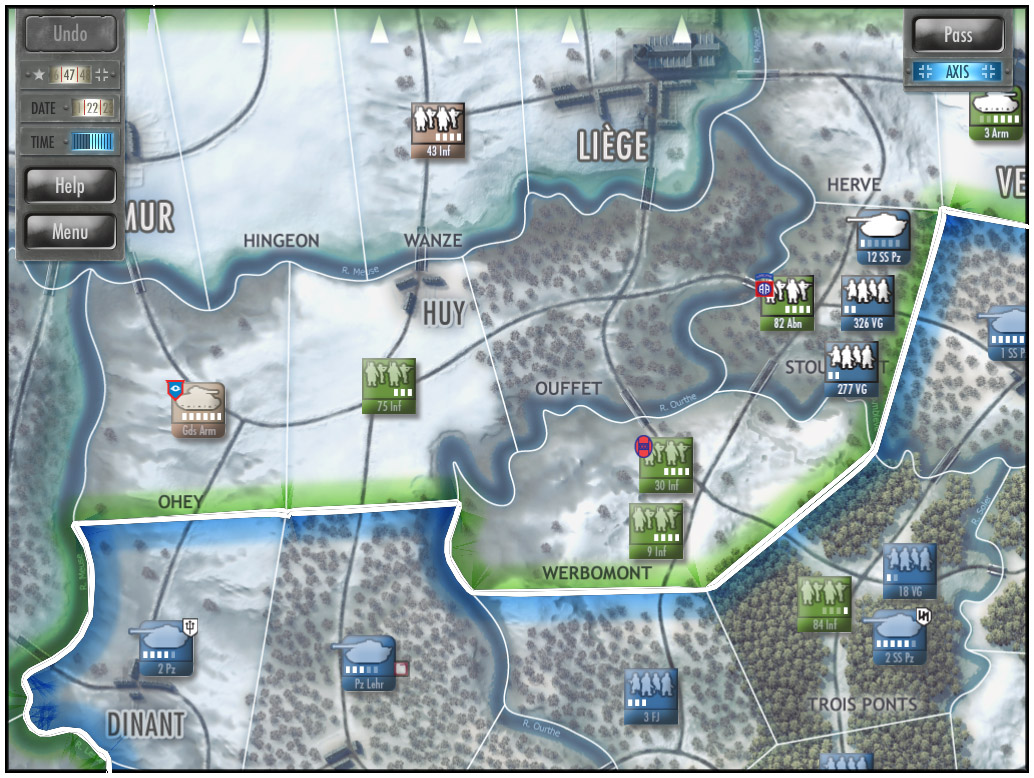 |
Keep Calm and Grog On! |
|
| Home | About Us | Article Index | Forums | Dice | GrogShop | GH ON FACEBOOK | GrogNews |
Let Your Grog Flag Fly!Recent ArticlesGARPA 17, 4/26/13 SimCity AAR Part 1, 4/25/13 Announcing MayViation, 4/24/13 Second Look at Wargame AirLand Battle, 4/21/13 First Look at Wargame AirLand Battle 4/19/13 AAR of Dark Age Minis Battle, 4/18/13 Video Review of Zulus on the Ramparts, 4/14/13 GARPA 16, 4/12/13 Crusader Kings II AAR Part 16, 4/11/13 Book Review: Ninja: 1000 Years of the Shadow Warrior, 4/10/13 Review of Bioshock INfinite, 4/7/13 Review of XFX PRO650W Core Edition PSU, 4/5/13 Civilization V AAR, Part 13, 4/4/13 Fire with Fire, 3/31/13 GARPA 15, 3/29/13 Civilization V AAR, Part 12, 3/28/13 Wheaton INterview, 3/27/13 March Mayhem Winner, 3/25/13 Warlock Multiplayer AAR, 3/21/13 WWII PTO Alternate Histories, 3/20/13 GARPA 14, 3/15/13 Crusader Kings II AAR, part 15, 3/14/13 Civilization V AAR, part 11, 3/7/13 Prezcon Convention Coverage, 3/2/13 Civilization V AAR, part 10, 3/3/13 |
Crisis in Command I: Battle of the Bulge for iPadDeveloper: John Butterfield • Publisher: Shenandoah StudiosReviewed by Jim Cobb, 23 January, 2013Click images to enlarge Will a staple battle of wargaming look any differently on an iPad tablet? Jim Cobb jumps into the Battle of the Bulge to find out.New media do not initially bring new gaming paradigms. The first wargames for computers were ports from board games; the first wargames for tablets have been ports from mainstream computer games. Other than tapping instead of mousing, play hasn’t changed that much. With Shenandoah Studio’s Kickstart-supported Battle of the Bulge, a new paradigm may have been developed.
Areas and Pop-UpsThe 61-area map covers southern Belgium with a whitish-blue tint. Towns, roads, bridges, and forests show up well in the top-down sizable view. Rivers, very important to gameplay, are bit hard to see but a greenish tint helps as do various icons when movement occurs. Unit counters have 2D silhouettes of tanks, half-tracks and infantrymen sporting dots representing the unit’s offensive and defensive strength. All divisions have their historical names and elite units have their unique organization badges.
The graphic delights of this game come when play begins. When an area – called “spaces” in the rules – is touched, it lights up and broad white borders surround it. Tapping a unit in the area shows a white outline around the counter with its reachable areas highlighted. Icons may appear indicating that only one unit can move into an area or giving options for bridge, road, or off-road movement. When combat is possible, a quick preview showing the combatants’ strength appears.
Tapping another button yields icons of the factors to be included in the die role. Explanations of the icons are given via a side bar appearing when the icons are touched. An important part of the detailed combat pop-up is the estimated hits to be taken by each side. Combat is shown as bullets flying back and forth with strength dots disappearing. Destroyed units vanish in explosions, leaving bullet holes behind. Sound effects are good for combat and movement while the music sets the mood.
The designers wanted this game to be educational as well as entertaining. To this end, they provided several graphical tools accessed through the menu button. Objectives include a map of where victory lies and what must be done. The calendar shows reinforcements and special actions day-by-day. Supply is crucial to the game and a supply map shows supply levels by area in shades of green and blue with out-of-supply areas in bright red. Victory points show progress. Unique to the Axis is a map showing the areas their immobile artillery can affect. The most fascinating tab is the history one. Here, a detailed description of what actually happened that day of the battle is provided with era photos. An actual 12th Army situation map for that day can be enlarged for examination. Players can quickly become comfortable not only with the tutorial and indexed on-screen detailed rules but also through several Youtube videos such as this one.
Which Muse Defends the Meuse?Battle of the Bulge has two scenarios: a three-day “Race to the Meuse” and the battle from December 16 to December 28. While strategies for each differ greatly, the way time is handled is crucial to both. The motor of the game’s mechanics is time. The two scenarios of three days and twelve days are both dependent on the turns per day. Each day has eight hours but the length of each turn is random, ranging from zero minutes to hours. The best attack may not be launched due to the day ending sooner than the player expected. The type of movement may figure into the calculation of time. All Allied units and Axis mechanized units early in the game can strategically move up to three friendly areas on roads with footsloggers moving only one. No more than three units of each side can be in an area. An armor unit that destroys an enemy can move two areas after the battle. Perhaps the length of movement takes more time.
A turn starts with selecting an area and any friendly units in it, Areas and units can be selected only once a day. Units can move to reachable areas and possibly fight or, if enemy units start in the area, combat can occur. The units do not necessarily move to the same area. Combat occurs when players tap the “commit” button; until then, the “Undo” button can rectify a myriad of mistakes. Combat results are stalemate with loss of strength, retreat, or destruction. The combat routine resembles the old “whack a mole” system with one dot representing a shot and a defensive point. If a hit occurs, a dot disappears. If a unit has lost all dots and receives a hit again, it is eliminated. The usual terrain and quality factors feed into the combat rolls. After a combat or movement is finished, the unit silhouette becomes faded.
The first day of both scenarios is a Hun’s delight. The German gets three “free” pre-dawn infantry-only attacks, receive artillery support, and Allied infantry can’t move. This situation allows for German armor to concentrate during the normal first turn and to isolate forward American units. With luck and a silly AI, the approaches to Bastogne can be blocked early. The two scenarios part ways at this point. “Race for the Meuse” is a panzer blast with the German armor careening for the Meuse in three days, sacrificing infantry to tie down Allied troops and keeping areas friendly for supply. In the second day, Skorzeny’s commandos can paralyze a selected division. Allied players scramble to hold a defense line or snip supply lines to the forward German units. The German player hopes for short turns and long days while the Allies need the opposite.
The long game is a completely different kettle of fish. This game is won by victory points garnered from capturing towns, crossing the Meuse and destroying enemies. The first day’s Teutonic glee remains but a simple charge toward the Meuse is not enough. Towns, including Bastogne, must be captured and held. The time vagaries force the German to decide between advancing and bringing up reinforcements. The Allies must choose between counterattacks, sacrificing units to slow enemy advances, and securing rear areas. If the German player is clever and lucky enough, an early victory is possible. Each day has a victory threshold based on victory points. If a side exceeds this threshold on a particular day, it wins.
Time is not on the Germans’ side. As they drive deeper toward the Meuse, they outrun their artillery; supply becomes thin and the Allies’ reinforcements begin to arrive. The weather clears on December 23 allowing the Allied air force to become a factor in combat resolution and denying the Germans strategic movement. About the same time, the German player must designate one armor division as out of fuel and immobile. If a quick victory isn’t attained, the Germans will probably meet their historical fate.
Players have two sets of AI opponents. The German meets the methodical Montgomery or the brash Patton while the Allies battle the careful Rundstedt or the rash Dietrich. All four generals put up a good fight the first few games but soon became easy meat. More challenging play can be had face-to-face or with the iPad Game Center
By combining meticulous research and the technical possibilities of IOS 5, Battle of the Bulge is a fine breakthrough game. The use of time to force decisions on players sets it above other strategy games. Other games are being developed for the series. We can hardly wait!
Grumpy Grog says: Battle for the Bulge delivers like a blitzkrieging panzer division.Discuss this review in our forums >> About the AuthorJim Cobb has been playing board wargames since 1961 and computer wargames since 1982. He has been writing incessantly since 1993 to keep his mind off the drivel he dealt with as a bureaucrat. He has published in Wargamers Monthly, Computer Gaming World, Computer Games Magazine, Computer Games Online, CombatSim, Armchair General, Subsim, Grogheads, Strategyzone Online and Gamesquad Share your comments with FaceBook here! |
Please support the folks that support GrogHeads
|
Copyright ©2012-2019, Grogheads, LLC. All rights reserved in the United States and throughout the world. All other products and copyrights mentioned on Grogheads, LLC are the property of their respective companies, and Grogheads, LLC makes no claim thereto.
GrogDice - Refresh the screen to roll a new set!
Or go here to roll a LOT of dice
